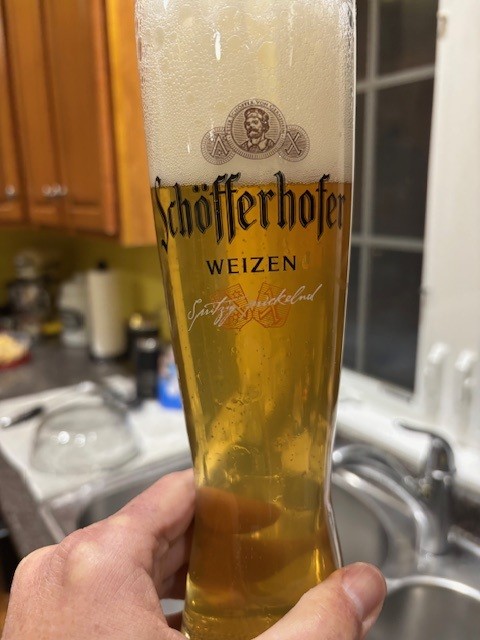I’m wanting to attempt my second Hefeweizen and deciding to do 2 new things
1. Step mash
2. Open fermentation
With regards to the step mash has anyone experienced scorching issues with this process? I was wanting to use the element to achieve temps.
Also I’m looking into getting a claw hammer system also. Can anyone comment with that system having scorching issues?
I’m running 120V btw.
Cheers
1. Step mash
2. Open fermentation
With regards to the step mash has anyone experienced scorching issues with this process? I was wanting to use the element to achieve temps.
Also I’m looking into getting a claw hammer system also. Can anyone comment with that system having scorching issues?
I’m running 120V btw.
Cheers







































![Craft A Brew - Safale S-04 Dry Yeast - Fermentis - English Ale Dry Yeast - For English and American Ales and Hard Apple Ciders - Ingredients for Home Brewing - Beer Making Supplies - [1 Pack]](https://m.media-amazon.com/images/I/41fVGNh6JfL._SL500_.jpg)



















